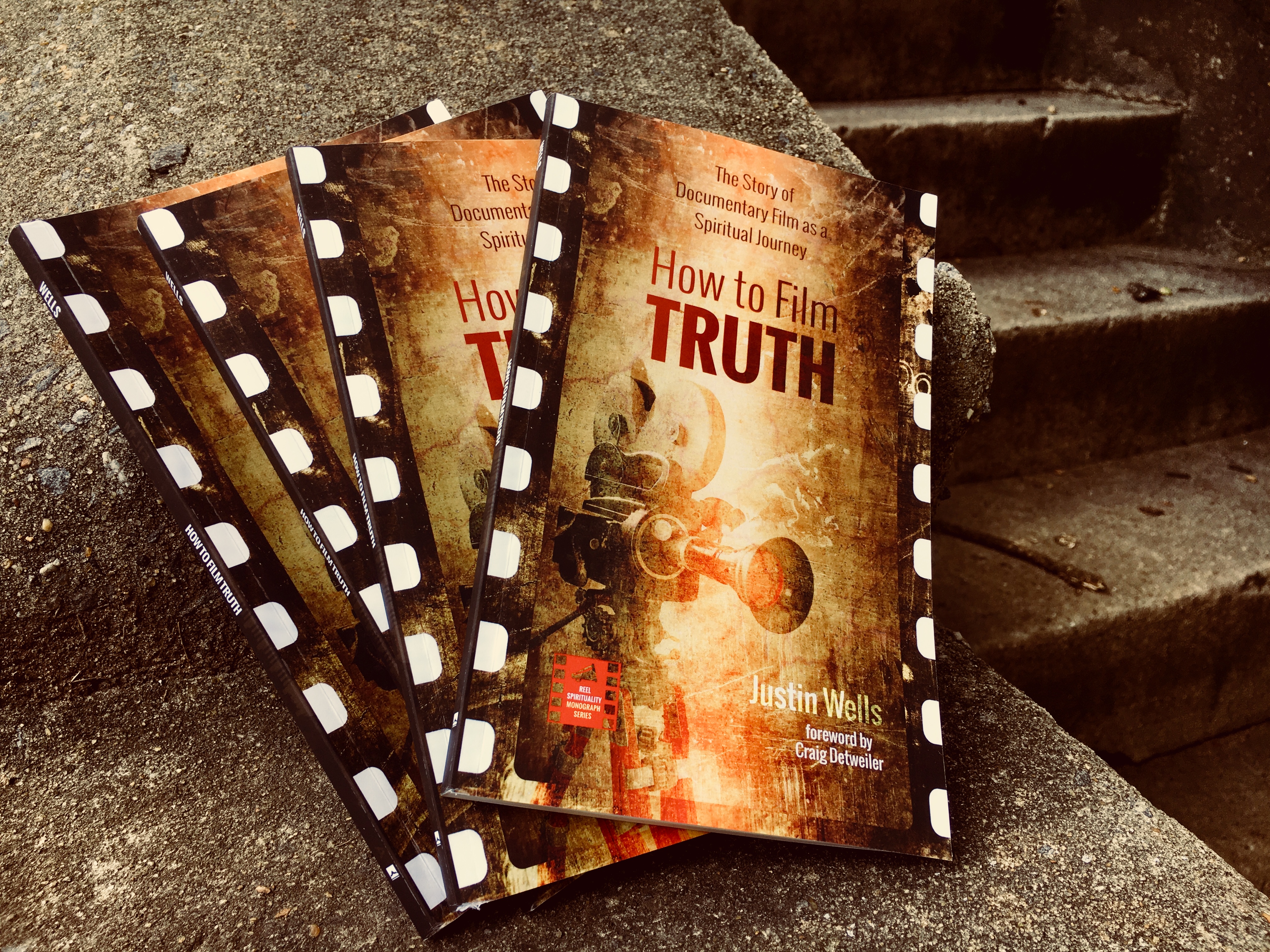The Movie I Worked on in Budapest
Well folks, he trailer just dropped for the mystery project I was working on in Budapest last summer. “The Spy Who Dumped Me” is a comedy, female-led James Bond-type spy movie. Mila Kunis and Kate McKinnon star as best friends who are sucked in to a European spy adventure when it becomes apparent that the boyfriend, Justin Theroux, has been lying to them (that’s right, he’s a spy). Here’s a write up for the movie: http://ew.com/movies/2018/03/21/the-spy-who-dumped-me-inside-story/
